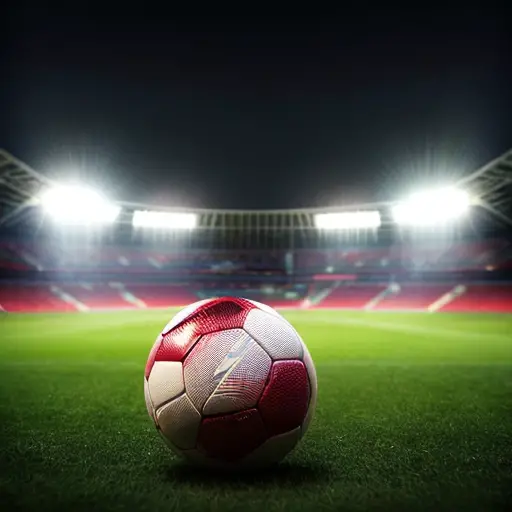Soccer and football are two popular sports played all around the world, but they differ in many aspects, including the type of cleats required. One of the main differences between soccer and football cleats is the design and shape of the studs. Soccer cleats have a round or slightly bladed shape studs, whereas football cleats have a more pronounced and frequently detachable screw-in studs. This is because soccer is played on grass or turf fields, where agility, speed, and maneuverability are crucial. In contrast, football is commonly played on natural grass or synthetic turf, where players require more stability and traction.
An interesting fact about the difference between soccer and football cleats is that while soccer cleats are designed to provide maximum traction on grass and turf surfaces, football cleats are specifically built to excel on various types of surfaces including grass, turf, and even artificial turf. This is why football cleats often feature removable studs or cleats that can be changed depending on the playing surface, giving players an advantage in adapting to different field conditions.
Another significant difference between soccer and football cleats is the amount of ankle support they offer. Soccer cleats tend to be low cut and provide minimal ankle support. This design allows for greater flexibility and freedom of movement required in soccer, where players rely on quick turns and agile footwork. On the other hand, football cleats have a higher cut, providing better ankle support and protecting players from potential sprains or injuries during the intense physical contact that is inherent in the game.

The materials used in the construction of soccer and football cleats also differ. Soccer cleats are typically made of lightweight synthetic materials to enhance speed and ball control. These materials provide a close fit and excellent touch on the ball. Football cleats, on the other hand, are often constructed with more durable and stronger materials to withstand the physical demands of the sport. The materials used in football cleats are designed to offer maximum protection and durability, as players often encounter aggressive tackles and intense pushing and shoving.
Fun fact: The difference between soccer and football cleats isn't just in the name but also in the design. Soccer cleats have a greater number of smaller studs, allowing for better traction on grass and turf surfaces. On the other hand, American football cleats have fewer and larger studs, specifically designed to provide stability on different field types and to withstand the physical demands of the game. So, the next time you see someone wearing cleats, you might be able to tell which sport they're playing just by checking out their footwear!
Lastly, the aesthetics of soccer and football cleats can vary. Soccer cleats come in a wide variety of colors and designs, often reflecting the style and individuality of players. This is because soccer is often considered a more creative and expressive sport. Football cleats, on the other hand, are typically more basic in design and are often team-specific, showcasing team colors and logos. The focus in football is usually on performance and functionality, rather than individual style.